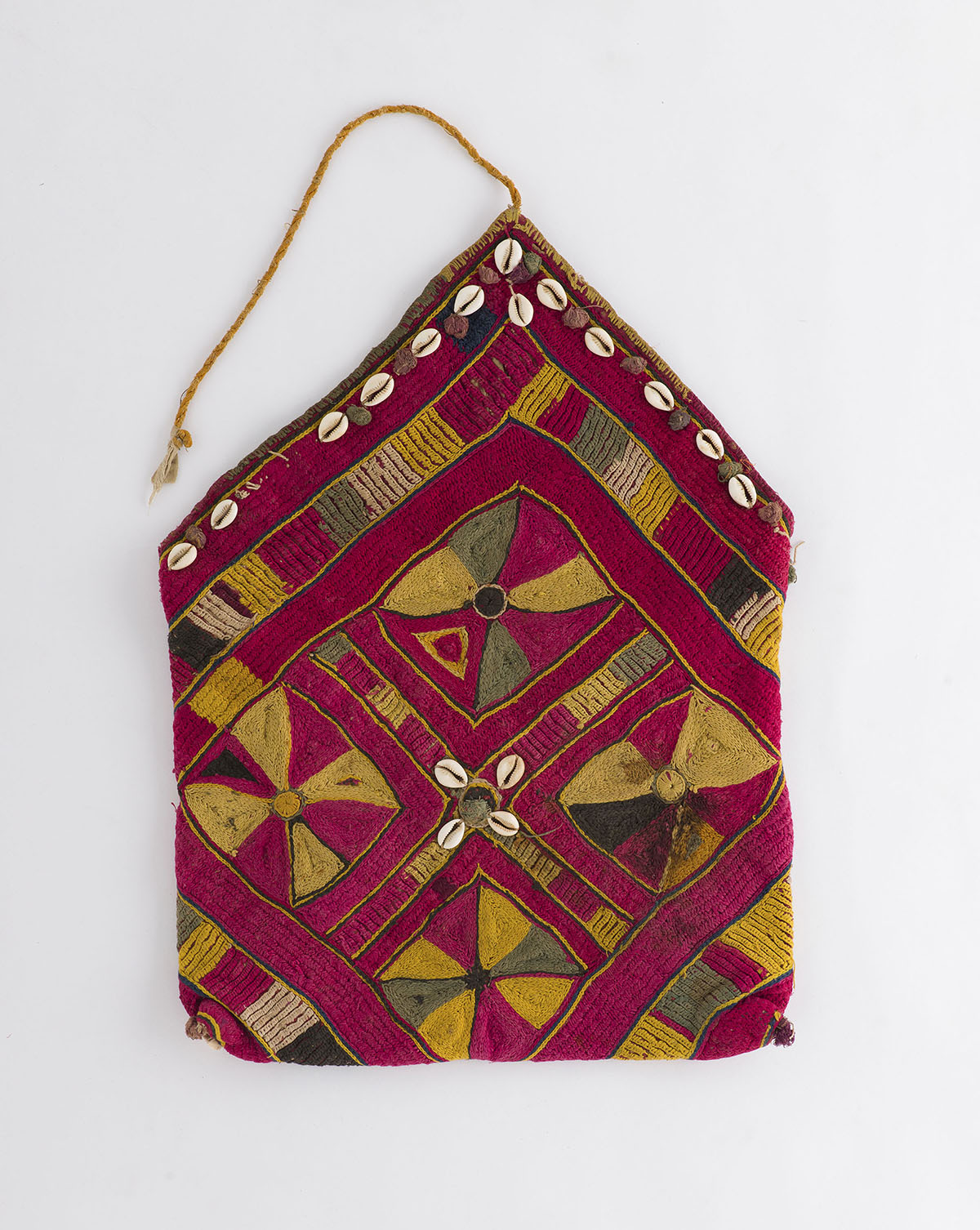ARTICLE
Banjara Embroidery
Banjara embroidery is traditionally used in clothing and accessories that aid the community’s way of life, such as bags, pouches and headdresses with circular pieces that allow women to carry pots of water on their heads. While settled and working partly in agriculture since the nineteenth century, the Banjara continue to practise their craft, both for personal as well as commercial use. The latter has resulted in the production of a vast range of items featuring embroidery, including bedsheets, cushion covers, wall hangings and other goods. This has been facilitated through various government initiatives and independent organisations, including the Sandur Kushala Kala Kendra (SKKK), which works with indigenous weaving communities including Lambani women to help them build self-help groups based out of Sandur, Karnataka.
Bibliography
Our website is currently undergoing maintenance and re-design, due to which we have had to take down some of our bibliographies. While these will be re-published shortly, you can request references for specific articles by writing to hellomapacademy@map-india.org.








